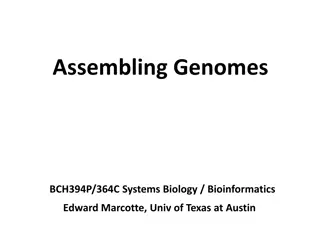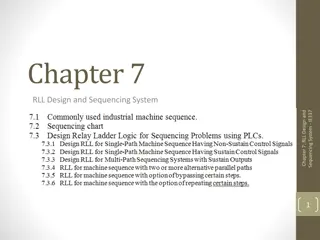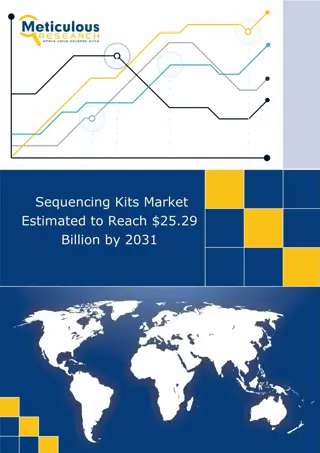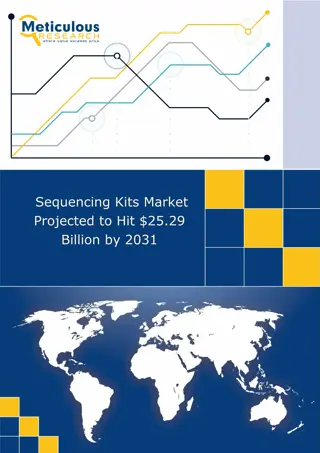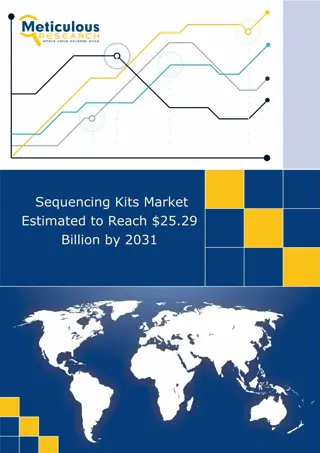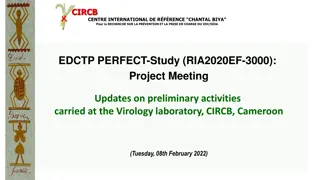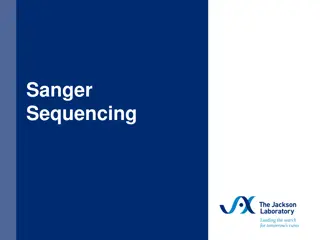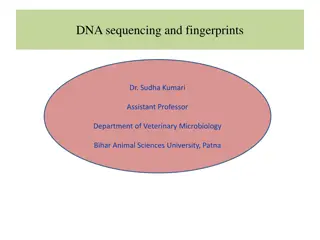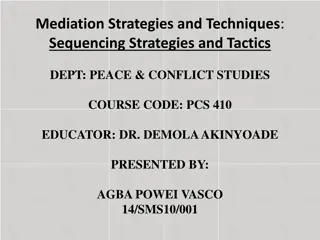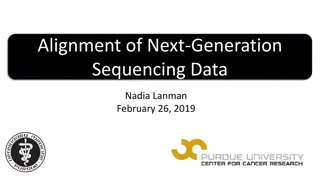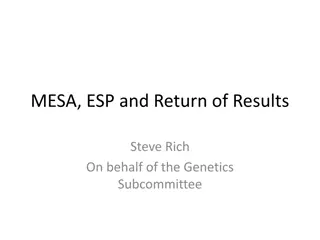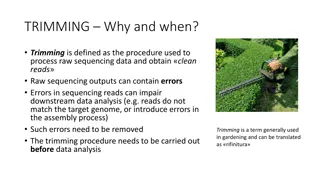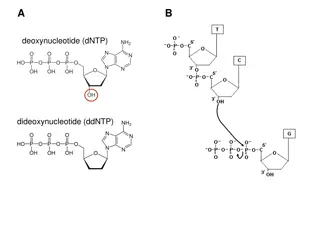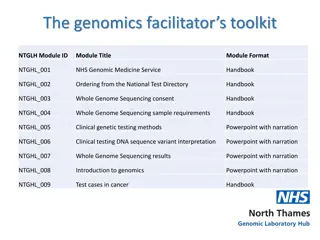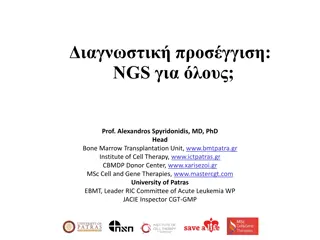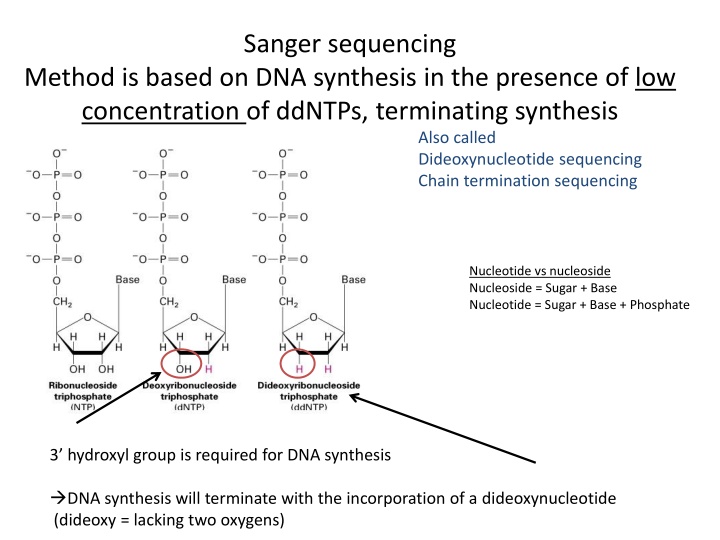
DNA Sequencing Method and Principles
Learn about Sanger sequencing, a method of DNA synthesis using low concentration dideoxynucleotides, along with the principles and initiation of the technique. Understand how chain termination sequencing helps in determining DNA sequences accurately.
Download Presentation

Please find below an Image/Link to download the presentation.
The content on the website is provided AS IS for your information and personal use only. It may not be sold, licensed, or shared on other websites without obtaining consent from the author. If you encounter any issues during the download, it is possible that the publisher has removed the file from their server.
You are allowed to download the files provided on this website for personal or commercial use, subject to the condition that they are used lawfully. All files are the property of their respective owners.
The content on the website is provided AS IS for your information and personal use only. It may not be sold, licensed, or shared on other websites without obtaining consent from the author.
E N D
Presentation Transcript
Sanger sequencing Method is based on DNA synthesis in the presence of low concentration of ddNTPs, terminating synthesis Also called Dideoxynucleotide sequencing Chain termination sequencing Nucleotide vs nucleoside Nucleoside = Sugar + Base Nucleotide = Sugar + Base + Phosphate 3 hydroxyl group is required for DNA synthesis DNA synthesis will terminate with the incorporation of a dideoxynucleotide (dideoxy = lacking two oxygens)
Principle of Sanger sequencing Sanger et al (mid 70s) Technique based on DNA synthesis: requires single-stranded template (to be sequenced), usually accomplished by denaturing plasmid into single- stranded DNA requires a primer (why?) requires a DNA polymerase (Klenow or Taq pol) dependent on incorporation of dideoxynucleotides dideoxynucletides do not have a 3 OH Termination of DNA synthesis
If a specific dideoxy nucleotide (in this case ddGTP) is present at low concentration, together with higher concentration of dNTPs, DNA synthesis will result in subpopulations of synthesis products, each terminating at the position of the dideoxy nucleotide.
How it started: Sanger sequencing with isotope-labeled nucleotides = isotope-labeled dCTP = ddNTP (dideoxy NTP) All four dNTPs are included Four separate reactions are set up Each has a different ddNTP at low conc. ddATP ddTTP ddCTP ddGTP Klenow will incorporate dNTPs until a ddNTP is incorprated, terminating synthesis DNA is denatured and the four samples are loaded next to each other and DNA separated on PAGE gel

